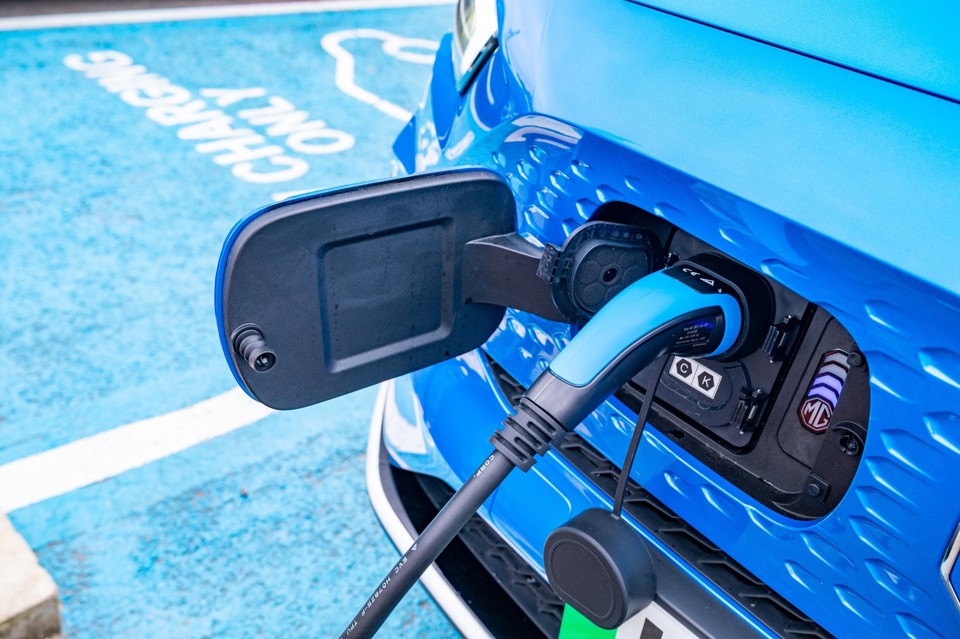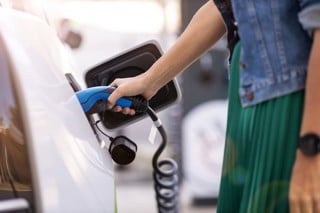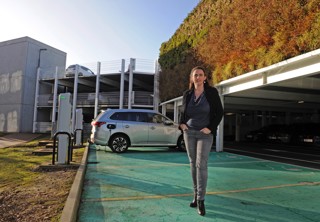The Government’s advisory electricity rate (AER), used to reimburse electric vehicle (EV) company car and van drivers, is leaving employees out of pocket, new research from Mina shows.
It has analysed more than 32,500 charging events, using both public and home chargers, and found that in 94% of cases it was costing drivers more than the 5p per mile HMRC advises employers to repay employees.
In some cases, Mina says that employees were out of pocket by as much as 15p per mile (ppm) if they charged in public - equivalent to £15 over a 100-mile journey, or £1,500 over 10,000 miles.
Mina’s data from its EV Report - Summer 22 shows that on average charging from home is cheaper at 9ppm (compared to than in public, at 20ppm) but at that figure, drivers are missing out by 4ppm, which equates to £4 for a 100-mile journey.
At 10,000 business miles a year, that same driver has subsidised their business travel by £400.
Ashley Tate, Mina CEO and co-founder, says that the data shows the current AER is “completely unfit for purpose”, because it just does not reflect the cost of real-life electric driving. And as energy prices rise this winter, this disconnect will become greater.
“As drivers come to realise this, it is likely to have a serious impact on the transition to electric vehicles,” he said.
“Those already in EVs will want to know why they are personally subsidising their business travel, while employees about to make the switch to electric may refuse once they realise they will be losing financially on every work trip they make.”
Just one in eight drivers (12.2%) thinks that the current 5ppm reimbursement rate reflects the true cost of charging an EV, according to a Fleet News poll.
Almost three-quarters (73.5%) of respondents believe it should be 10ppm or more, while one in five (20.2%) say it should be three times the current rate, with drivers receiving 15ppm to cover their charging costs.
From 32,500 charging events analysed, Mina’s figures showed no journey undertaken where the car or van was charged in public hit the 5ppm mark. After charging at home, only 6% of recorded journeys managed 5ppm or less.
Tate continued: “Of course, employers can offer to pay more than the advisory rate but in order to do this and not incur any benefit-in-kind tax on that extra amount, they have to prove why they have used their own rate.
“The issue is that charging is not a simplistic, one-size-fits all process, as filling a tank with petrol and diesel is. Homeowners are all on varying tariffs, and within those tariffs the costs can be different at different times of the day.
“Then, in public, charging networks all have vastly different rates - our figures show they can vary from free, to 30 p per kWh as the cheapest paid-for rate, and up to £2.77 if things like parking are included.
“How is a business going to show to HMRC what is a reasonable rate when there are so many different factors involved? It would be a vast statistical undertaking.”
Mina tracks all charging at home, and within its public charging network, so that it knows exactly what an employee is paying for electricity every time they plug in. That means it can assign the real amount for private and business to every charge so the employee’s charging costs are always paid for accurately.
To download a copy of Mina’s EV Report - Summer 22, click here.
> Interested in comparing electric vehicle data? Check out our EV tool.
> Interested in ensuring the efficient use of EVs. Check out our dedicated editorial sections: Insight & policy | EV news | Charging & infrastructure | Costs & incentives | Benefit-in-kind | EV case studies | EV road tests
























Login to comment
Comments
No comments have been made yet.